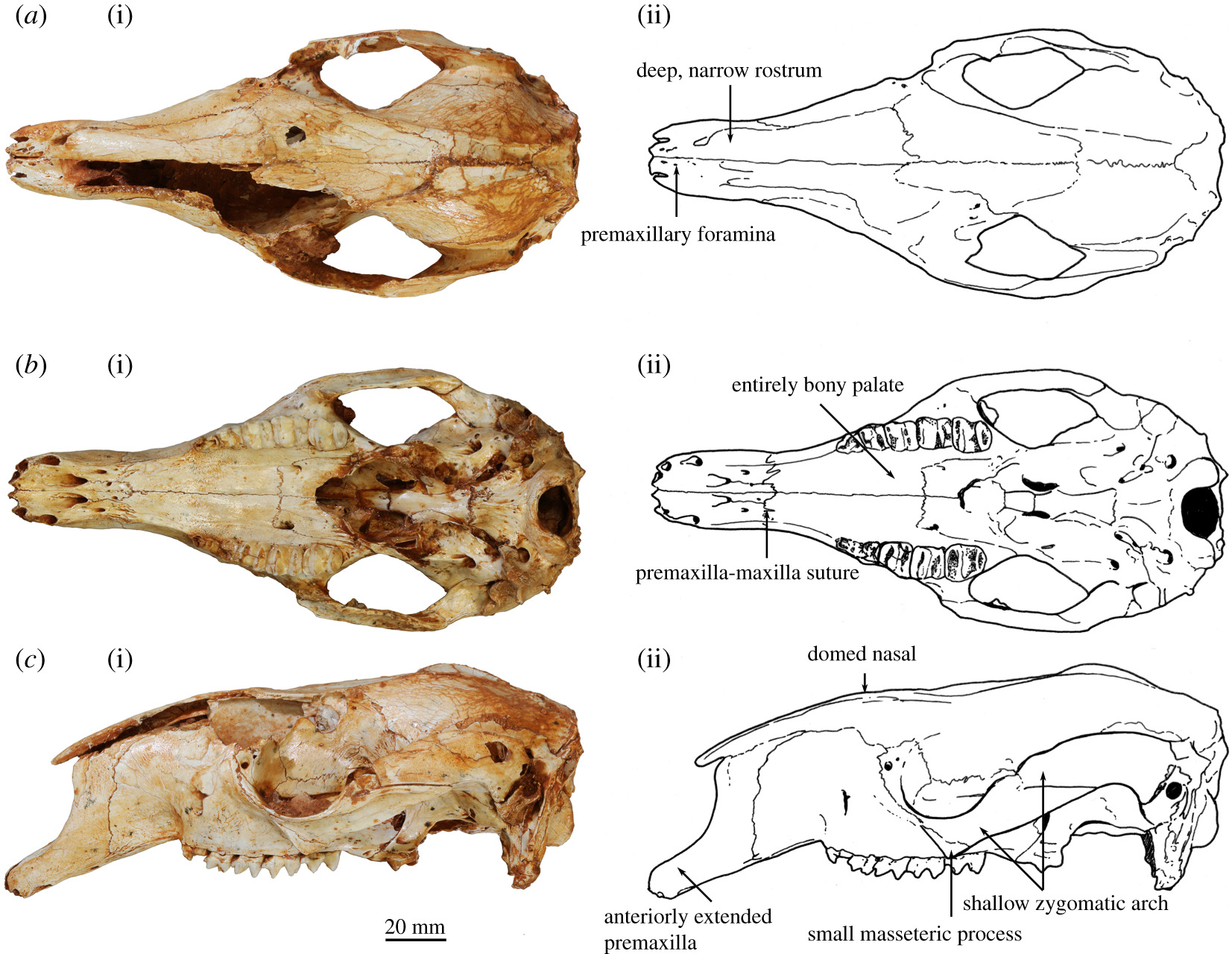Congruus kitcheneri
Congruus kitcheneri is an extinct macropodin kangaroo that was originally described as Wallabia kitcheneri. The species was adapted to a semiarboreal lifestyle, with several features of its skeleton that align better with tree-kangaroos than ground-dwelling macropodines. The scanned specimen is the holotype, collected in 1909.
Check below for more Congrus kitcheneri fossils.
Specimen number: WAM 66.9.6
Skeletal element: Right dentary
Significance of fossil: Holotype
Geological age: Pleistocene
Locality/site: Mammoth Cave
State/territory: Western Australia
